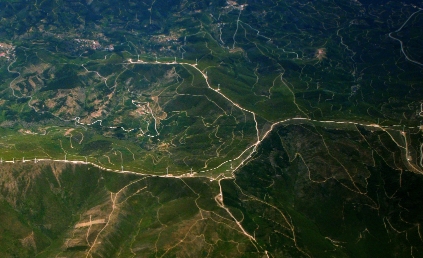Climatology and Geomorphology: A Dynamic Relationship
Climatology and geomorphology are two interconnected fields that study the Earth’s climate and its landforms. They work together to understand how the changing climate influences the evolution of landscapes around the world.
The Impact of Climate on Landscapes
Climate plays a significant role in shaping the Earth’s surface. Through processes like erosion, weathering, and deposition, the climate can slowly transform the landforms we see today. For example, glaciers carve out valleys, rivers create canyons, and wind shapes sand dunes.
The Link Between Climate and Geomorphology
Geomorphologists use the patterns and features of landscapes to interpret past and present climate conditions. By studying the shape and composition of landforms, they can infer information about temperature, precipitation, and other climatic factors that influenced their formation.
Changing Climates, Changing Landscapes
As the Earth’s climate changes, so do its landscapes. Rising temperatures, changing precipitation patterns, and more frequent extreme weather events all have an impact on the shape and stability of landforms. For example, more frequent and intense storms can lead to increased erosion and landslides, altering the landscape in significant ways.
The Future of Climatology and Geomorphology
Understanding the relationship between climatology and geomorphology is crucial for predicting how landscapes will evolve in the future. By studying how past climate changes have shaped the Earth’s surface, scientists can better prepare for the impacts of future climate change and develop strategies to mitigate its effects on our planet’s landscapes.
In conclusion, the link between climatology and geomorphology provides valuable insights into how Earth’s changing climate shapes its landscapes. By studying the interactions between these two fields, researchers can uncover the intricate ways in which the climate influences the evolution of landforms around the world. This knowledge is essential for adapting to and mitigating the impacts of climate change on our planet’s landscapes.

